Antonio Neri: Why Dell's Cloud Platform Is A ‘Bad Imitation’ Of HPE Greenlake
HPE Enterprise President and CEO Antonio Neri, who has ramped up the HPE innovation charge, says that the Dell Technologies Cloud Platform is a 'bad imitation' of HPE GreenLake.
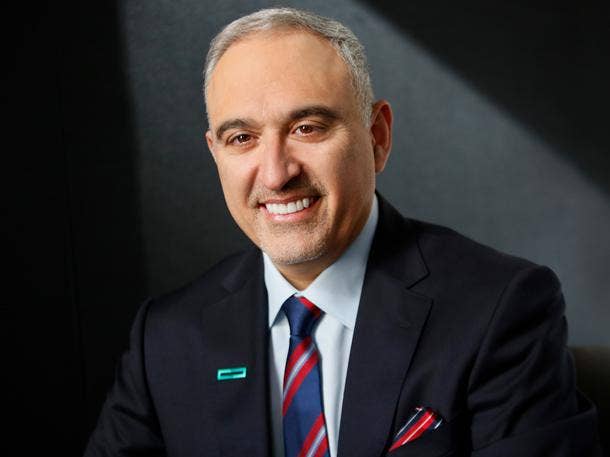
The ‘Customer Choice’ Difference Between HPE And Dell -VMware
HPE CEO Antonio Neri says the company’s blockbuster partnership with Nutanix drives home the critical ‘customer choice’ difference versus the Dell Technologies VMware combination.
“Dell is limited to VMware VxRail,” said Neri. “HPE offers a hybrid cloud— all open solutions. Whatever is in the four walls of the data center that we agree to support with [HPE] Datacenter Care with GreenLake is part of the offer. That means we support VMware, Red Hat, Suse, Nutanix and Google. The point is, we give customers openness and choice.”
All that said, Neri said HPE will continue to continue to be a “strong partner” of VMware. “We have a regular cadence with [VMware CEO] Pat [Gelsinger] and the team,” he said. “But at the same time, we feel we need to give customers a choice and not lock them into one path only. On the public cloud side, both SimpliVity and Nimble are natively able to be consumed inside the Google cloud.”
The HPE Nutanix deal puts Nutanix Enterprise Cloud OS software on HPE’s GreenLake pay per use offering. It also makes Nutanix available on HPE ProLiant and Apollo servers. The new offerings will be available sometime in the third quarter (July 1- Sept. 30).
“We are giving customers the choice,” said Neri of the Nutanix deal. “If you want to go VMware, I understand that—60 percent of virtualization is VMware. We already have the integration of all of this with HPE OneView— whatever infrastructure you want underneath.”
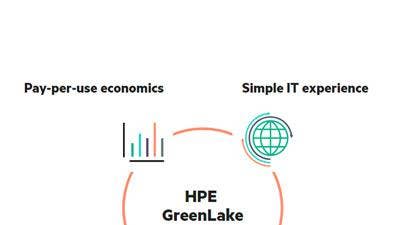
What kind of innovation are partners going to see at HPE Discover 2019?
We are going to have the next generation of GreenLake. We are also going to talk about the transition from cloud-enabled storage to intelligent data management platforms where storage is the underpinning platform. We are pivoting from pure storage to data management. We are going to use our HPE InfoSight as the platform to enable that intelligent data management. You are going to see the next generation of the Aruba cloud with Aruba Central.
What kind of growth are you seeing in the channel with GreenLake?
The highest growth for GreenLake is coming from the channel. It is growing at triple digits.
For us, it is all about continuing to make that offer simple to sell and simple to manage. At Discover, we are going to announce the next generation, and we are going to show how simple it is. It is simpler than going to the public cloud. With a few clicks, you are in business. We want to make sure that partners can attach their services. If you are a hosting partner, you should use GreenLake because it allows you to sell our infrastructure on-premises. You can attach your off-prem capability if you are a hosting provider. And you can use our balance sheet because HPE GreenLake uses HPE Financial Services for delivering that financing. But the experience is all integrated into one. So you get the ability to sell hardware up front, your own hosting services on the back end wrapped under one experience, and then financing coming from HPE Financial Services.

How important is HPE Financial Services in the pay-per-use GreenLake model?
It is core. We have $30 billion under asset management. It is the best-run business in that category. Obviously, we provide customers peace of mind because they don’t have to use their own balance sheet. It is core and very strategic to what we do.
What is the HPE GreenLake mandate for partners?
Fundamentally, I want every solution that we drive to be cloud-enabled and consumption-driven. We have to pivot more and more from the R&D perspective how we conceive these things—and from a go-to-market [perspective]—how we sell these things. The biggest challenge is really the goto-market pivot because it is all about confidence in selling that way.
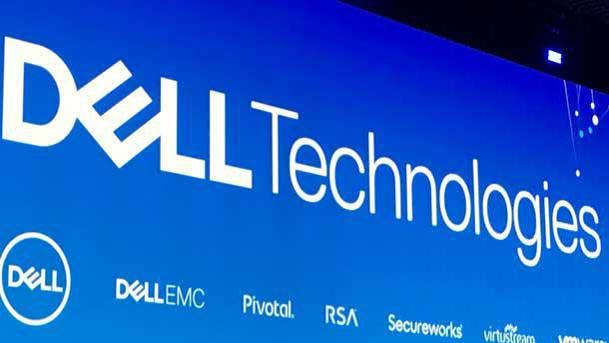
What do you think of the announcements from Dell Technologies at Dell Technologies World earlier this year?
It should not have been called Dell Technologies World. It should have been called VMworld because everything was VMware. There was not one innovation announced by Dell Technologies. They announced Dell Technologies Cloud, which is a very bad imitation of GreenLake. That is it. If you read all the stuff, there is nothing. There was not one bit of product innovation brought to market. So if I am a partner, who am I going to work with? No. 1, I am going to work with the company that is truly partner-centric in their go-tomarket. We don’t have to prove that. We are and will continue to be a partner-centric company. No. 2, I am going to work with the company that continues to drive innovation, the company that gives me the ability to compete and win business. That is what we are doing. No. 3, I am going to work with the company that provides the ability for me to make money, which is important. Stability and consistency clearly matter.
I think our partners are excited because they agree with our strategy. We see a world that will be edge-centric, cloudenabled and data-driven. We have made a pivot to the edge with massive investments in connectivity, security and edge computing. We continue to drive innovation at the core so that on-premises business is as efficient or more efficient than the public cloud in a consumption-driven model.
What I told the partners at our [Worldwide Partner Advisory Board meeting in April] is five years from now I see Hewlett Packard Enterprise being a consumption-driven company where we enable partners with the technology and the software and the services to drive that consumption through the channel. That is the bottom line.

What percentage of revenue will come from GreenLake pay per use consumption in five years?
Five years from now we want that to be at least 30 percent of our revenue).
Should partners be looking at that same percentage of pay per use revenue consumption?
Yes. It is subscription based, recurring revenue. Customers are pivoting to the new and ultimately all the underpinning technology is all Hewlett Packard Enterprise. Ultimately customers have to deploy technology that is workload optimized for a specific use case whether it is at the edge for connectivity or for a mobile cloud first approach.
For us it is important that partners come along that journey because there is no choice. You have got to do it. If you want to just sell boxes it is going to be a challenge. The reality is that is being commoditized. The reality is we want to be a solution provider that drives that consumption through our partners.
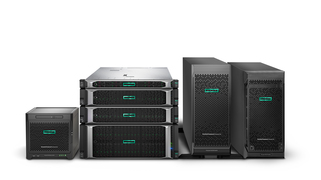
What is the HPE strategy with regard to VMware, Nutanix and the ability to run those platforms on HPE ProLiant servers?
We want to give customers choice. Choice is important. And openness is important. Of course we will continue to be a partner for VMware. We have to. There is no way around it.
Dell is limited to VMware VxRail. HPE offers a hybrid cloud— all open solutions. Whatever is in the four walls of the data center that we agree to support with [HPE] Datacenter Care with GreenLake is part of the offer. That means we support VMware, Red Hat, Suse, Nutanix and Google. The point is, we give customers openness and choice.
The message [to partners] is: Yes, of course we will continue to be a strong partner of VMware. We have a regular cadence with [VMware CEO] Pat [Gelsinger] and the team. But at the same time, we feel we need to give customers a choice and not lock them into one path only. On the public cloud side, both SimpliVity and Nimble are natively able to be consumed inside the Google cloud.
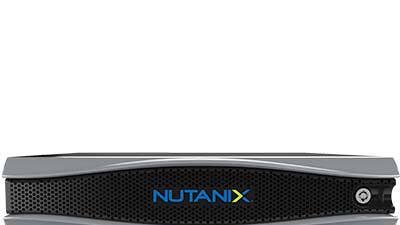
What are the benefits of the Nutanix partnership?
The Nutanix partnership has back-to-back benefits. For the customer, we give them the alternative ecosystem to VMware.
We are giving customers the choice. If you want to go VMware, I understand that—60 percent of virtualization is VMware. We already have the integration of all of this with HPE OneView— whatever infrastructure you want underneath. We now give you an alternative to the hypervisor and the stack above that. On top of that, we still have HPE GreenLake and at the bottom we have HPE ProLiant. We give customers choice and openness.
What we are going to do is optimize for workloads, whether it is VDI, backup/recovery, containers. We are giving customers choice. For Nutanix, obviously they get access now to HPE infrastructure. For us, we offer an alternative because we monetize GreenLake and also we monetize ProLiant because now Nutanix will resell HPE hardware with their own version of the appliance. If I am a customer, I have a choice.
How big a financial impact could the Nutanix partnership have on HPE?
It depends how well we execute, but it could be very significant.
What is HPE’s vision for composable cloud?
That starts with the management of the infrastructure, the intelligent infrastructure, which is HPE InfoSight and intelligent storage. Underneath, we have plenty of infrastructure to offer based on the workloads—in-memory workloads, big data workloads, scaled virtualization or hyper-converged or high-performance compute. We have built, at the core, security. We give customers choice with optimized workloads and a consumption-driven model. That is the simple strategy we are executing. For that, you need a partner ecosystem to come along.
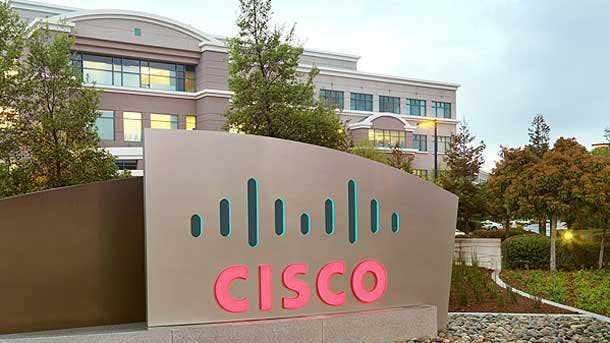
What is the difference between the Cisco strategy and the HPE strategy?
I think Cisco made the choice to pivot to security and networking application-driven performance, which makes sense. For us, it is about how we bring that intelligence to the edge with the right connectivity, the right security and the right analytics. We know that everything is hyper-connected today. We know everything generates data. And we know the cloud has to move closer to where the data is because it is more economical. It is math, nothing more than that.
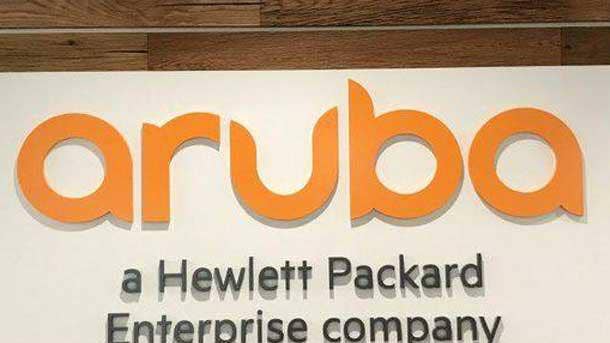
How big an investment is the HPE Aruba decision to bring a completely new edge architecture to market?
We are thinking about this not just from a networking perspective, but from a compute and cloud perspective. That is why we made an announcement last year to make a $4 billion investment [in edge] over four years to build this platform. So we provide the connectivity, security, analytics and the cloud computing at the edge. The cloud computing is dictated by the use case. You can go to a manufacturing floor and have a convergence of [operational technology with] IT. You could go to a hospital and have an edge data center. If you go to retail, you are talking about a cloud to do video surveillance and point-of-sale analysis. The platform will allow us to build those capabilities as we go along. We are going to focus on the use cases that have the best returns. That is where the partners play a huge role. Partners, based on verticals, have different expertise.
CB Technologies and [founder and CEO] Kelly Ireland [who has invested in a ‘Refinery of the Future’ project with Texmark Chemicals alongside HPE and HPE Aruba] are a perfect example of this. She made the investment, and CBT is reaping the benefits of that in their growth rate. She was one of the early ones. Nobody else wanted to do it.

How fast is HPE moving today versus when you took over the company?
It is moving faster, but we still need to improve some basic fundamentals around the execution. That is why HPE Next is foundational for us to move faster from an execution perspective.
I think from an innovation standpoint we have done a better job. We have a ton of innovation that we get praise for all the time. From a partner perspective we get the highest accolades all the time because we have been consistent and because it is the best economic return for the partners.
On execution we still have mixed results. Fundamentally we have to change the way we do business and it starts by modernizing our processes and systems. That is why when I launched HPE Next I saw that as an opportunity to provide faster growth.
We need to finish that journey. We are well underway with it. We are already half the way through that. Last week we launched the first four countries (Belgium,Luxembourg, Holland and Denmark) under the new (ERP) platform and by the middle of 2020 we will be done.
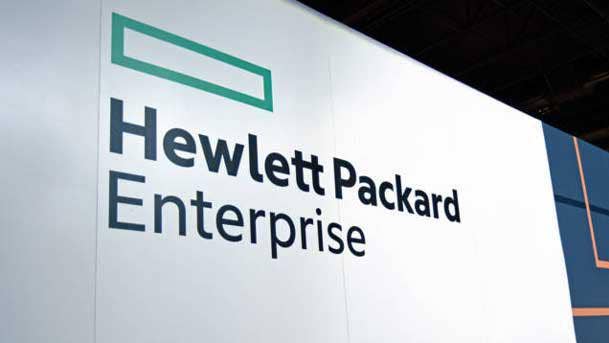
Talk about the cultural change at HPE with the new headquarters?
Buildings are symbolic, but the vibe is different. I think the benefits announcement we made is pretty significant. When you extend the parental leave from two weeks to six months for both mother and father that is a big deal. When you come back from parental leave and want to work part time and you can have that opportunity for three years that is a big deal.
As you attract young talent in their 20s and 30s they all want to build a family and it is tough to build a family when both parents are working and you have to think about your financial situation especially here in the Valley because it is so expensive. You can’t take off two weeks without pay. Now you can be six months with pay without worrying about it. That’s a big deal.
When you decide to retire and you would like to transition over a year that is a big deal. And then we are reintegrating people into the workforce with new skill sets, retraining them to enter the workforce. That is a big deal.
Last year, we increased our 401K. We are also focused on wellness. One Friday a month you can leave after 2 pm and do things to take care of yourself.It’s things like this that add up.
Obviously bringing fun back to work is key. We had fun the other day here when we opened the headquarters officially. Obviously recognition comes in many shapes and forms. When you pay a bonus it’s a big deal.
The employee engagement score for 2018 went up almost nine points from 63 to 72. You can feel it.
Talk about the performance for shareholders?
Last year we did great. We grew the company and expanded profits by 26 percent. We grew EPS by 63 percent and we returned $4.5 billion in cash to shareholders.
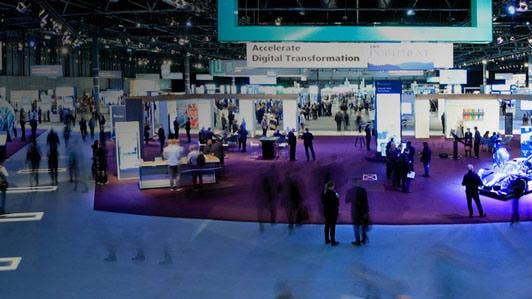
What is the big message for partners at Discover?
The big message is we have a clear vision and strategy for the future. We are executing against the strategy. It is working and paying off. But ultimately we need to accelerate this transformation racing into the future. Racing into the future is all about becoming more solution-oriented and more consumption-driven. That is a fact. That is how services are being consumed today. It is all about delivering [business] outcomes faster. You need solutions and different consumption models so the customers can accelerate their own innovation. The old way of Capex is not the fastest way to go. We give customers the ability to accelerate that transformation, and the partners can bring their expertise, know-how and their portfolio to do it.